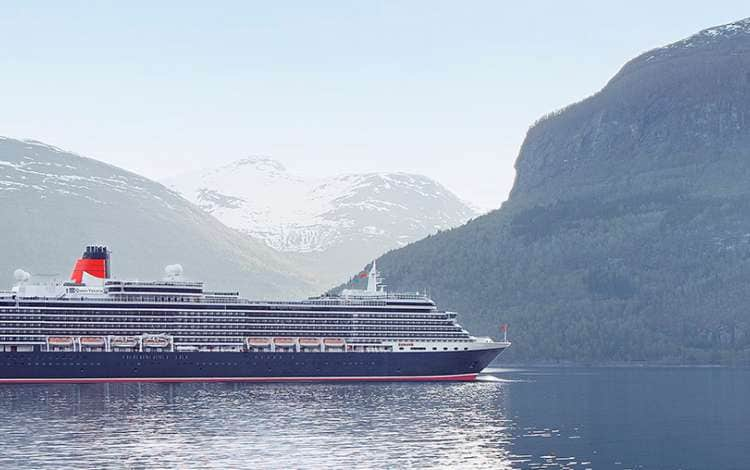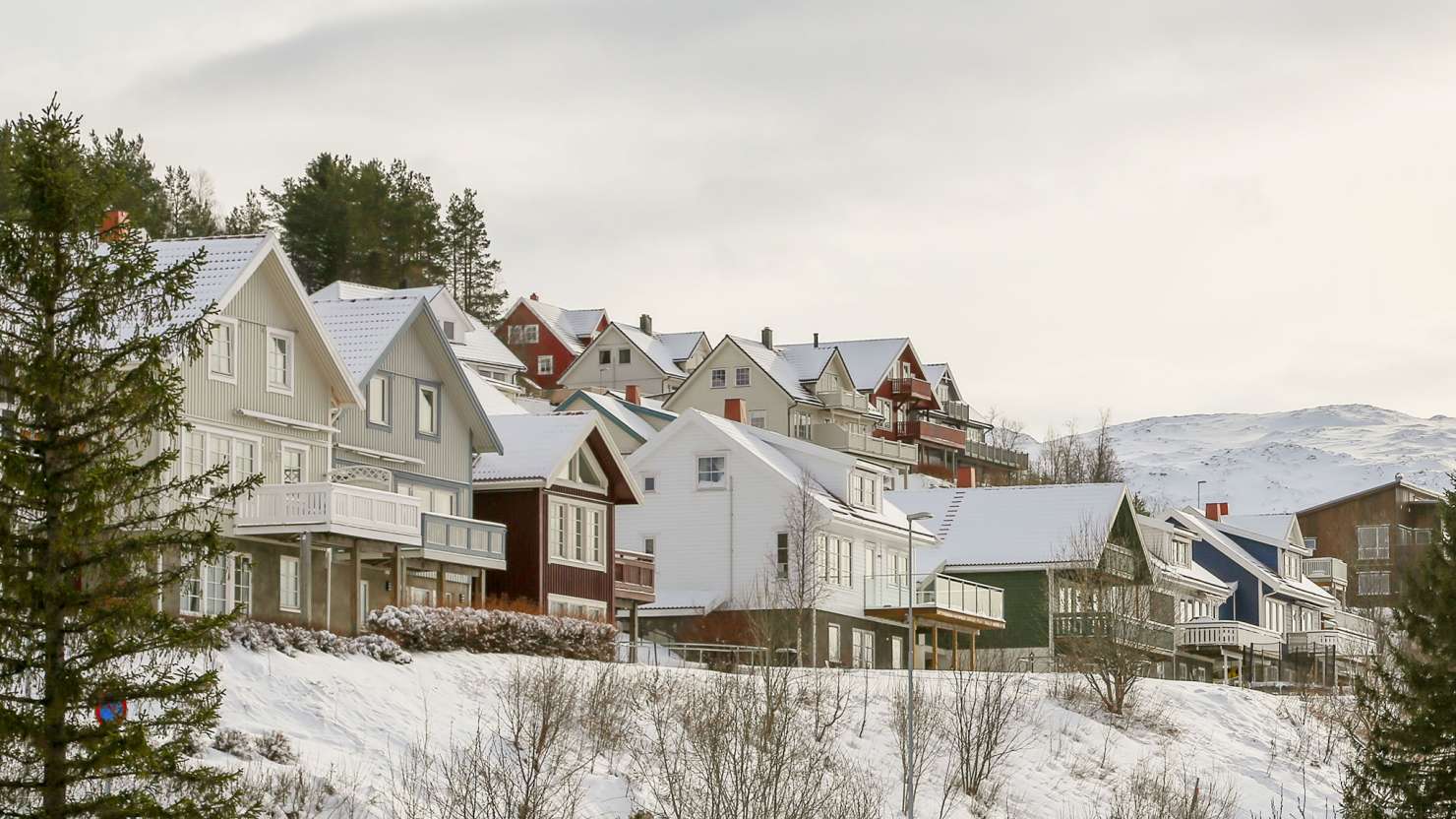Our guide to Barbados
Discover all destinations

The best time to cruise in Norway is in the spring, summer, and autumn months, when the weather is mild and a wide assortment of attractions are open.

Our Cunard queens visit Norway as early as April and as late as November, covering the ideal cruise season perfectly. Our flagship, Queen Mary 2, and our newest ship, Queen Anne, sail the fjords frequently, with our beloved Queen Victoria also making the occasional visit.
Visiting the fjords in spring offers you a chance to see lingering remnants of winter, such as snowy hilltops, as well as the first new season blossoms, making for some wonderful sights and photos. Summer brings the best weather but, as it’s peak season, can also be busy. By contrast, autumn sees the fjords cloaked in the stunning golds and oranges of autumn foliage, albeit the weather tends to be wetter.
Norway cruises can vary in length and itinerary. You’ll find week-long journeys visiting the favourite fjords of the south-west all the way through to longer trips into the Arctic Circle, and voyages that include a Transatlantic Crossing to or from New York. If you’re a new cruiser, week-long itineraries offering four days ashore to explore a handful of fjord villages and coastal towns, sandwiched between two sea days, are the perfect balance for your first cruise.

Thanks to its proximity to the North Sea, Norway has an ever-changing climate. It's a common joke that Norwegians experience multiple seasons in a single day! The fjords are situated in western Norway, which has a weather system largely influenced by the North Atlantic current. This means mild winters, cool summers, and frequent rain, which is largely responsible for the stunning green hues the fjords are known for.
The fjords themselves can sometimes have their own microclimates, with milder temperatures at the shoreline and cooler temperatures up in the hills. Typical temperature ranges are 2°C to 12°C (36°F to 54°F) in spring (March to May), 12°C to 20°C (54°F to 68°F) in summer (June to August), and 8°C to 15°C (46°F to 59°F) in autumn (September to November). Your captain will advise on local weather each morning of your cruise, and it may also be visible on your in-stateroom television or your Daily Programme. For your packing list, we recommend layering clothes to adapt to each day, plus a waterproof jacket and hiking boots, if you're planning on hitting the trails.
Some of our itineraries visit the northernmost reaches of the western coast, into the Arctic Circle and as far as North Cape. Winters are very cold here, with temperatures below freezing, which is why cruise ships rarely visit in this season. Summers are short and relatively cool, with the midnight sun - where the sun never sets - occurring in the far north during the summer months. In late autumn, when our cruises offer the best opportunity to see the Northern Lights, temperatures can get as low as -1°C (30°F) in the port of Narvik, and down to -3°C (26°F) at North Cape.
The mild temperatures and ocean currents of western Norway make a fjords cruise a perfect holiday for wildlife spotters. Springtime is probably the richest season, with the return of migratory birds and several marine species visiting local waters.
In the water, otters can be seen floating in the currents. Under the surface, salmon appear in late summer and early autumn as they migrate from freshwater to saltwater to spawn. In the summer, rare sightings of humpback whales within the fjords are possible, as are orcas (or killer whales) and minke whales. Slightly more common are dolphins, porpoises, and seals.
On land, several species can be found in the forests surrounding the fjords, including red deer, moose, mountain hares, and the Eurasian lynx. Reindeer can also be spotted during forest hikes around the fjords, though sightings are more likely in the northern regions. Also in the north, and if you are very fortunate, you may spot an arctic fox on your travels.
Perhaps the most impressive though, are the birds. Many twitchers visit the fjords to cross species off their lists. Make sure you pack some binoculars (or, if you're in a Q1 or Q2 Queens Grill Suite, make use of the ones provided in your room) so you have the best chance to spot some rare species. High on the list is the white-tailed eagle. With an impressive wingspan of up to 8 feet, they're rare to spot, but difficult to miss. Next is the puffin. A local guide may know where they nest, giving you a better chance to see them. More likely are the common eider duck, gannet, great skua, kittiwake, razorbill, oystercatcher, or the red-throated diver. Many of these are migratory birds, so your best chances to see them are in autumn, when they leave for winter, and springtime when they return.

The best chance of seeing the Northern Lights is in the early spring and autumn months. In January sightings are slightly more frequent, but snow clouds can intervene and make viewing more difficult. In autumn, temperatures are milder and there is less risk of cloud. Most of our Northern Lights cruises sail to the Arctic Circle in this period, and offer advice and guidance from local experts on board. As soon as the Lights are spotted, be called up on deck to witness the phenomenon and discover how it comes to be. Of course, even with good planning, sightings are still dependent on weather and chance!
of
Sign up to hear about exclusive updates, offers and competitions, and we’ll take care of the rest.